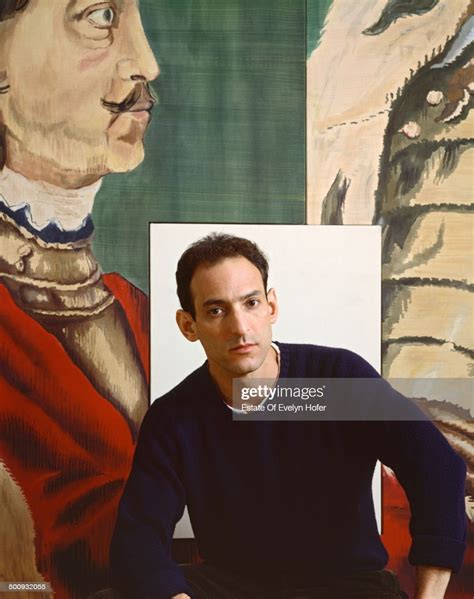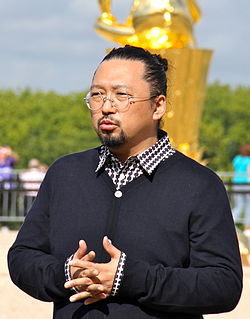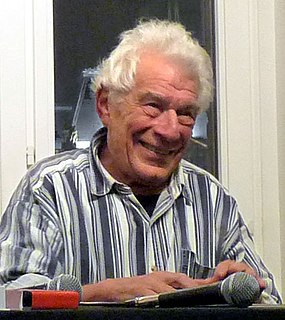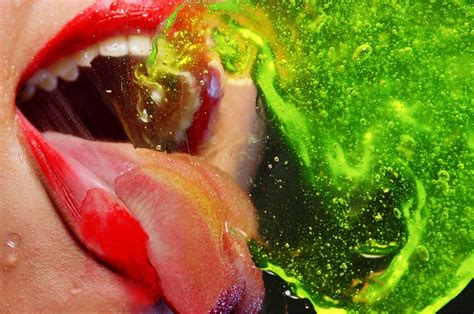A Quote by Cecily Brown
I often avoid using the terms 'figuration' and 'abstraction' because I've always tried to have it both ways. I want the experience of looking at one of my paintings to be similar to the process of making the painting - you go from the big picture to something very intense and detailed, and then back again.
Related Quotes
That's what I like about the idea of the aesthetic experience, the idea of both enjoying looking at works of art and how they kind of talk to you, and also the process of making art, getting back to that idea of the aesthetic experience of making art is very important, It's another way of thinking. Instead of just using your brain, you're using your hands to think with. They're different connections, the brain that comes through the fingertips as opposed that comes through the eyes and ears.
Look at the paintings of Picasso. He is a great painter, but just a subjective artist. Looking at his paintings, you will start feeling sick, dizzy, something going berserk in your mind. You cannot go on looking at Picasso's painting long enough. You would like to get away, because the painting has not come from a silent being. It has come from a chaos. It is a by product of a nightmare. But ninety-nine percent art belongs to that category.
People are still making paintings. People are still enjoying paintings, looking at paintings. Paintings still have something to tell us. There's a way of being in the world that painting brings to us, that painters bring to the task that we absorb and are able to be in dialogue with. That's something that's part of us.
I like painting because it's something I never come to the end of. Sometimes I paint a picture, then I paint it all out. Sometimes I'm working on fifteen or twenty pictures at the same time. I do that because I want to - because I like to change my mind so often. The thing to do is always to keep starting to paint, never finishing painting.
People tend to set themselves up in patterns; something happens, it hurts them, then something similar happens, and - it's happened again! It seems much bigger then, and they get worried and go through life looking for that thing, and because they're so concerned and looking for it, when anything that happens resembles that thing, they're sure it's happening again. So sometimes people think things are repeating even when they're not.
Performance wasnt something that I intended to do. I was doing work that was about process, about the meaning of the making, trying to have a love-hate relationship with the object. I always feel safer if I can bring the viewer back to the making of it. I try to do that in a lot of different ways, by residue, by touch, by these processes that are basic to all of our lives...that people might relate to in terms of process, everyday activities- bathing, eating, etc.
All photographs are there to remind us of what we forget. In this - as in other ways - they are the opposite of paintings. Paintings record what the painter remembers. Because each one of us forgets different things, a photo more than a painting may change its meaning according to who is looking at it.
I underwent a whole process of slowly letting go of idiosyncrasies and habits and embellishments and everything extraneous to the essentials that I'm unwilling to let go of. I never dreamed that I would be making black-and-white paintings with so little embellishment. But it's been liberating in many ways to let go of that and yet see what I did want to retain.
In my paintings, the question on whether figures are similar or not is not of any importance, the slightest change of figure or color can create a new painting and it doesn't really matter if a subject is revisited by an artist repeatedly. With enough time in between paintings, an artist can always bring to it something new.
There are records I'll listen to one time and zero in on what's happening, and then I'll listen again to something I didn't notice the first time. The art of making records is something like this: you want to provide a multiplicity of experience in a single object, which is to say you want layers so that people can revisit and have something revealed to them that wasn't apparent the first time. We often will listen to the same music over and over again, and that tells you something, too.








































